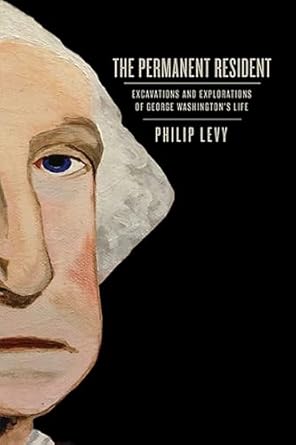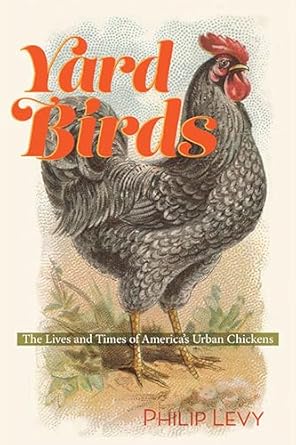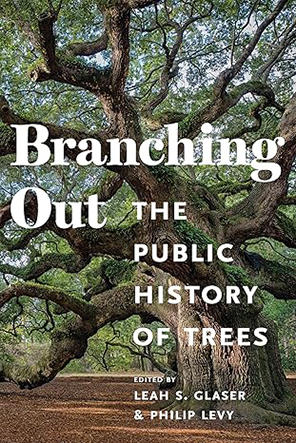People
Philip Levy
Professor
CONTACT Information and CV
Office: SOC 290
Email: plevy@usf.edu
Website
Curriculum Vitae
EDUCATION
Ph.D., The College of William and Mary, 2001
TEACHING
Public History, Early America; American Revolution; American Slavery; Historical Archaeology; Historical Theory; Atlantic Piracy; Historical Role Play; Monuments, Museums, and Commemoration; War and Society.
The graduate students I have worked with take on a variety of projects, but most are either public historians, historical archaeologists, or early Americanists. I love being able to bring students into my own projects and from there open doors and help them build their own careers. Many of my students have become skilled in-field professionals and are now valued colleagues.
RESEARCH
I have a long-standing interest in places and how they work. I have used that interest to interrogate the tensions between European and Native American travel companions in early America and to explore how seventeenth-century Virginia landscapes worked to control those upon them. Historical archaeology is a very important discipline, data set, and approach for me, and it has influenced and informed all that I have written. I have been excavating Virginia colonial-era sites since I was a graduate student, but since 2002 my main excavation project has been Ferry Farm, George Washington’s boyhood home in Fredericksburg, Virginia. I have written extensively about that place and its people, and of course its most famous story, the wonderful, problematic, and often misunderstood Cherry Tree Fable. I also have brought over 200 USF students up to Virginia in the summers to learn the skills of digging a site. The Ferry Farm field school is one of my favorite professional accomplishments.
My work at Ferry Farm led me to the National Park Service’s (NPS) George Washington Birthplace National Monument in Westmoreland County, Virginia. I am honored to be working with the NPS to create a new interpretive framework for this interesting site. Much of my work fits the framework of Public History and I have a nearly life-long engagement with museums dating back to being a fifteen-year-old “wharf rat” interpreter at New York’s South Street Seaport Museum.
My interest in places and landscapes has led me to two connected interests—both of which are very much part of my work. One of them is the subfield of memory—for me that specifically has meant writing about how George Washington is recalled and used at the places associated with his life. Memorialization and commemoration have become very important arenas for me these days as well—both in research and teaching. The other connected interest area is climate change because so many of these places are threatened by the climate crisis we face as a species. I am very interested in how historical sites are effected by climate and how they can work to help visitors better understand the connections between people and their environments.


